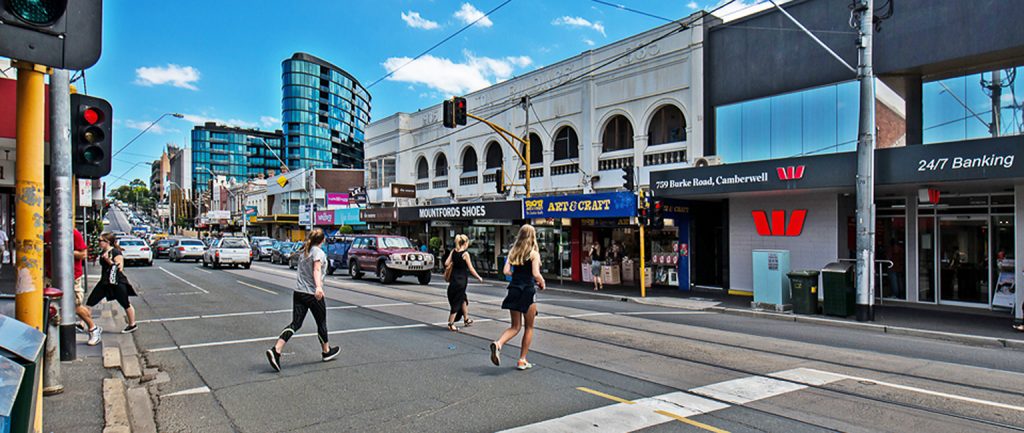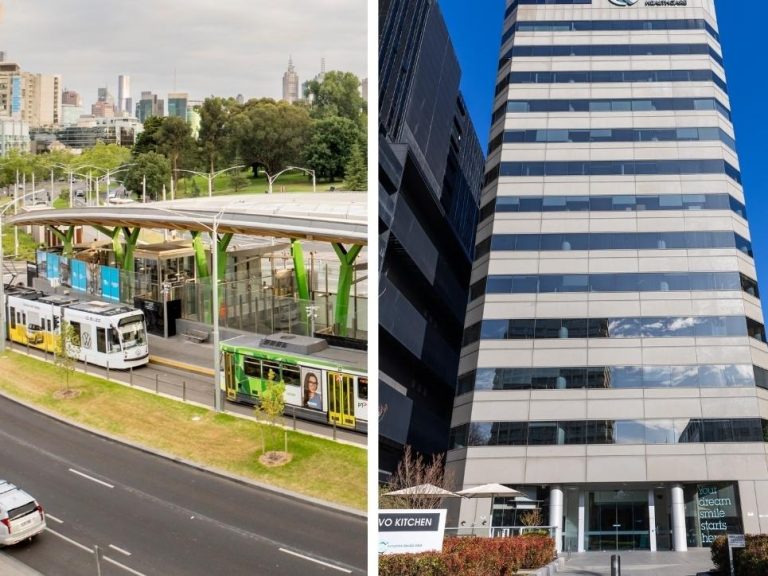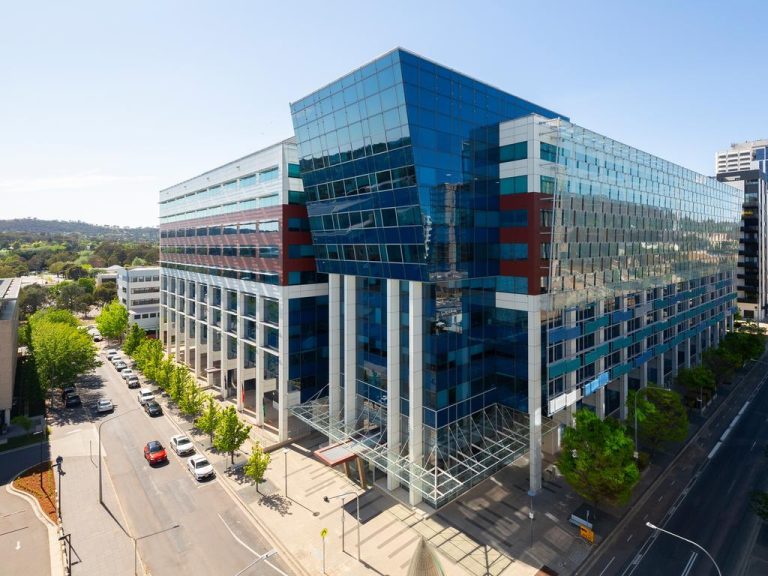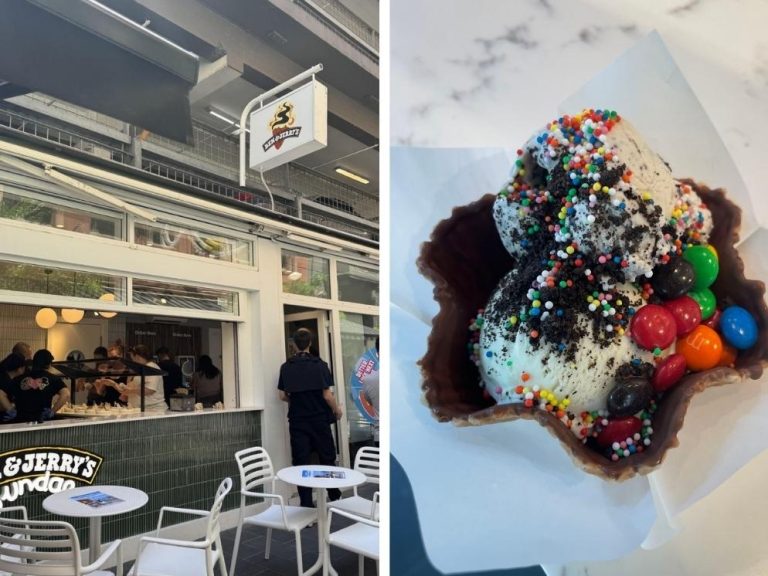Space opens up in Melbourne’s top 10 retail strips

Space is opening up along Melbourne’s top 10 inner-city and suburban retail strips, with all experiencing dramatic lifts in vacancy in the last 12 months.
While only one of the 10 shopping hotspots was experiencing vacancy above 10% this time last year, this year three strips are in double digits, with vacancy across all 10 locations rising from 7% to 9.2%, according to Savills research.
Last year’s low vacancy leader, Hawthorn’s Glenferrie Rd, had vacancy blow out from 2.1% to 5.3%.
Commercial Insights: Subscribe to receive the latest news and updates
Church St, in exclusive Brighton, also increased significantly from 2.3% to 4.1%.
Toorak Rd in Toorak experienced the biggest jump in vacancy, with the percentage of empty shops climbing from 6.1% to 10.6%.
And Richmond’s Bridge Rd retains the highest vacancy among the strips, growing from 13.6% to 15% despite 42 shops being withdrawn for residential conversion throughout the year.

All 10 retail strips experienced a rise in vacancies. Source: Savills.
Savills Associate Director Research, Monica Mondkar, says vacancy rates are on the rise as smaller retailers, particularly in the fashion industry, battle to compete with larger stores and the online shopping dollar.
“These figures are hardly surprising given the well-publicised woes of smaller retailers and recent figures which point to consumers holding tighter their purse strings as they battle mortgage and rental stress,” Mondkar says.
We expect vacancy to steadily recover as the number of cafes, grocery stores and services continue to grow in line with the surge in Melbourne’s inner city population
“While food and café and restaurant sectors have seen substantial growth, it is the fashion industry, along with a decline in household goods stores, that has been the key to the rise in vacancy.”
According to the research, the number of suburban fashion stores across the 10 strips plummeted from 781 stores to 568 stores in the last year – a drop of 27%.

Richmond’s Bridge Rd retail area still has high vacancy.
But Mondkar expects the current crop of empty stores to quickly be filled by cafes, eateries and other service-based retailers that inevitably flow through as populations increase.
“We expect vacancy to steadily recover as the number of cafes, grocery stores and services continue to grow in line with the surge in Melbourne’s inner city population, filling vacancies left by fashion and household goods stores.”
The struggles of fashion retail aren’t mirrored in the city’s CBD, however, with the number of clothing and accessories stores there soaring by 17% in the 12 months to May, off the back of more foreign fashion houses arriving and attracting smaller retailers to the shops surrounding them.
“The figures appear absurd on face value but we have seen a massive arrival of foreign fashion houses to Melbourne’s CBD over the last three to four years and the arrival of one has attracted others like bees to a honey pot,” Mondkar says.







